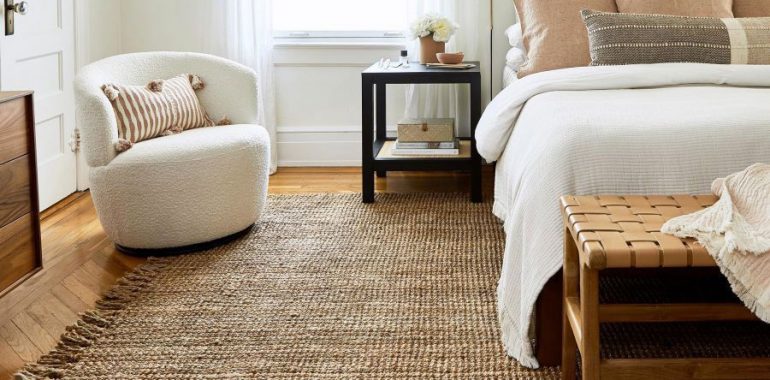Exploring the Timeless Elegance of Nordic Scandinavian Design

Exploring the Timeless Elegance of Nordic Scandinavian Design
Introduction
Nordic Scandinavian design is a design aesthetic characterized by simplicity, minimalism, and functionality. It originated in the Nordic countries of Denmark, Finland, Iceland, Norway, and Sweden and has gained popularity worldwide for its clean lines and understated elegance. The philosophy behind Nordic Scandinavian design is to create beautiful, functional objects that are easy to use and that make people’s lives better. In this article, we will explore the history, framework, and key features of Nordic Scandinavian design.
History of Nordic Scandinavian Design
Nordic Scandinavian design emerged in the early 20th century as a response to the ornate and elaborate designs that were popular at the time. Designers in the Nordic region, including the likes of Alvar Aalto, Arne Jacobsen, and Hans J. Wegner, sought to create objects that were beautiful in their simplicity and that served a clear purpose. They combined traditional craftsmanship with modern manufacturing techniques to create objects that were both timeless and functional. Nordic Scandinavian design became increasingly popular in the 1950s and 1960s and has remained a prominent design aesthetic ever since.
The Framework of Nordic Scandinavian Design
Nordic Scandinavian design is based on several key principles. First and foremost, it emphasizes simplicity and minimalism. Objects are designed to be clean and uncluttered, with no extraneous details or excess decoration. This simplicity is coupled with functionality. Nordic Scandinavian designers strive to create objects that are not only beautiful but that also serve a useful purpose. Finally, Nordic Scandinavian design places a strong emphasis on sustainability and environmental responsibility. Designers aim to create objects that are durable, long-lasting, and made from sustainable materials.
Key Features of Nordic Scandinavian Design
There are several key features that are common to Nordic Scandinavian design. These include the use of natural materials such as wood, stone, and leather. Nordic Scandinavian design also emphasizes the use of light and the manipulation of space to create a sense of calm and tranquility. Another important feature is the use of color. Nordic Scandinavian design tends to favor a neutral color palette, with white, gray, and black being the most common colors. Finally, Nordic Scandinavian design often incorporates elements of nature, such as plants or natural motifs, to create a sense of harmony between the object and its surroundings.
Examples of Nordic Scandinavian Design
Nordic Scandinavian design has influenced a wide range of objects, from furniture and lighting to home accessories and clothing. Examples of Nordic Scandinavian design include the iconic Egg chair designed by Arne Jacobsen in 1958, the Alvar Aalto vase, and the classic string shelving system designed by Nisse Strinning in 1949. In recent years, Nordic Scandinavian design has also inspired a growing number of fashion and lifestyle brands.

